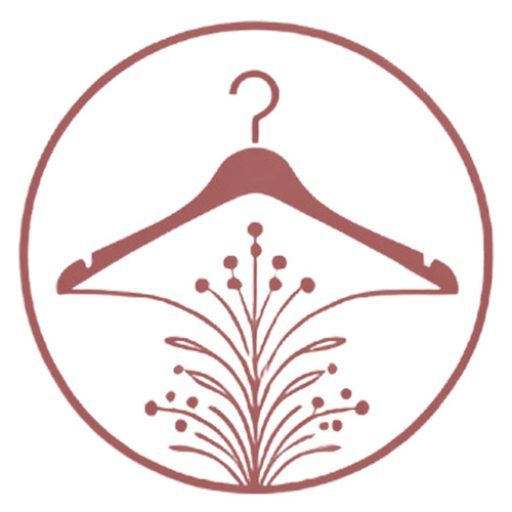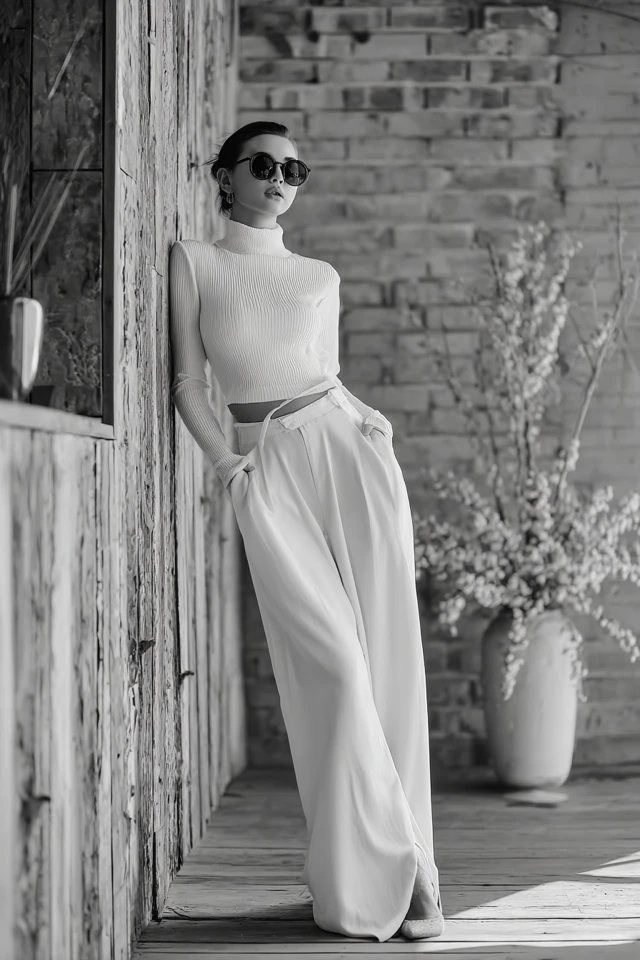Introduction
I still remember the first time I embraced a monochrome cottagecore outfit. It was a quiet morning in spring, the soft light filtering in through vintage lace curtains. I stood before my wardrobe, drawn to pale creams and soft taupes, the gentle hues reminding me of sun-drenched meadows and weathered wood. Wearing those layered textures in a singular palette created a feeling of harmony and calm that I hadn’t experienced with louder patterns or clashing colors. That moment sparked a deeper exploration into how clothing choices, specifically through a monochrome cottagecore lens, could influence how I perceived myself and how others perceived me.
Monochrome dressing has long been celebrated for its elegance, simplicity, and the immediate sophistication it conveys. When paired with cottagecore—the romantic, rural-inspired aesthetic overflowing with nostalgia and earthy touches—it creates a unique style narrative that feels both timeless and utterly modern. With my background in fashion design and color psychology, I’ve studied how these elements subtly communicate confidence, mood, and intention. This post is my way of sharing that knowledge, offering style inspiration rooted in science and art.
About the Author and My Trend Boutique
Why does this topic matter? In an age of fast fashion and overwhelming choice, it’s easy to feel disconnected from what we wear. Monochrome cottagecore outfits encourage mindful dressing—selecting fewer pieces, understanding color’s impact, and appreciating natural textures that bring out your best self. They also harmonize with today’s push towards sustainable, thoughtful wardrobes. This comprehensive guide will explore these ideas in depth and offer practical tips for cultivating your own monochrome cottagecore style.
Foundational Concepts
Before diving into outfit ideas, it’s essential to understand the building blocks of this style and its psychological underpinnings. Color psychology studies how hues influence human behavior, emotions, and perception. For instance, soft, muted colors such as beige, cream, and sage green—common in cottagecore palettes—evoke tranquility, warmth, and nostalgia, making wearers feel grounded and approachable.
Trend forecasting also plays a crucial role. Fashion forecasters analyze cultural shifts, social media, and historical references to predict what colors, fabrics, and silhouettes will resonate with consumers. Currently, there is a growing appetite for nature-inspired palettes and sustainable fabrics in response to environmental awareness, which dovetails perfectly with cottagecore themes.
Dressing to impress is often misunderstood as merely adhering to formal codes, but it’s really about presenting yourself authentically with intention. This means choosing outfits that align with your personality, goals, and lifestyle, powered by an understanding of how color and style affect both self-confidence and first impressions. When you master these foundational concepts, you don’t just wear cottagecore—you live it.
Picture Gallery
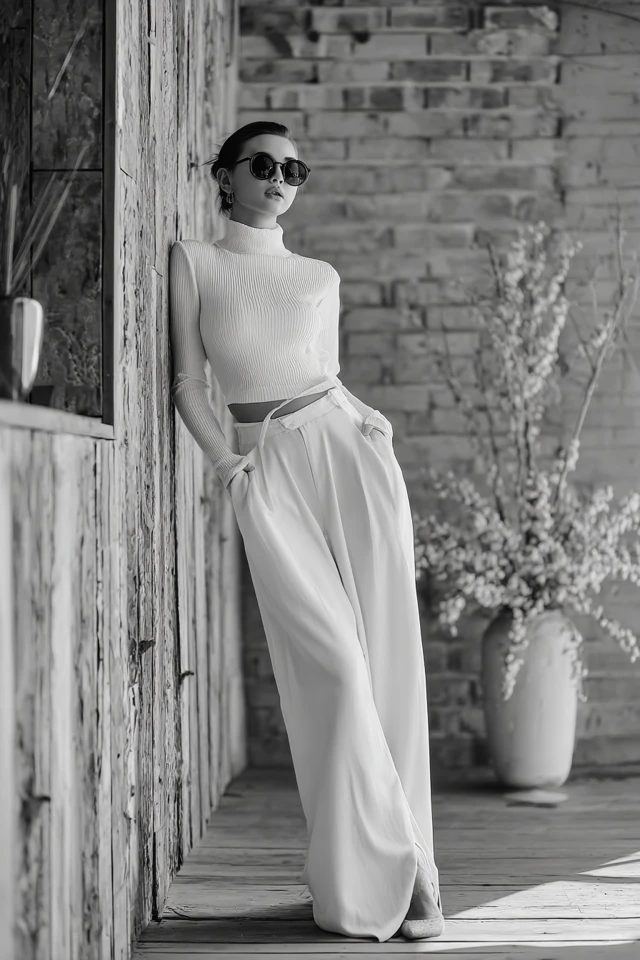
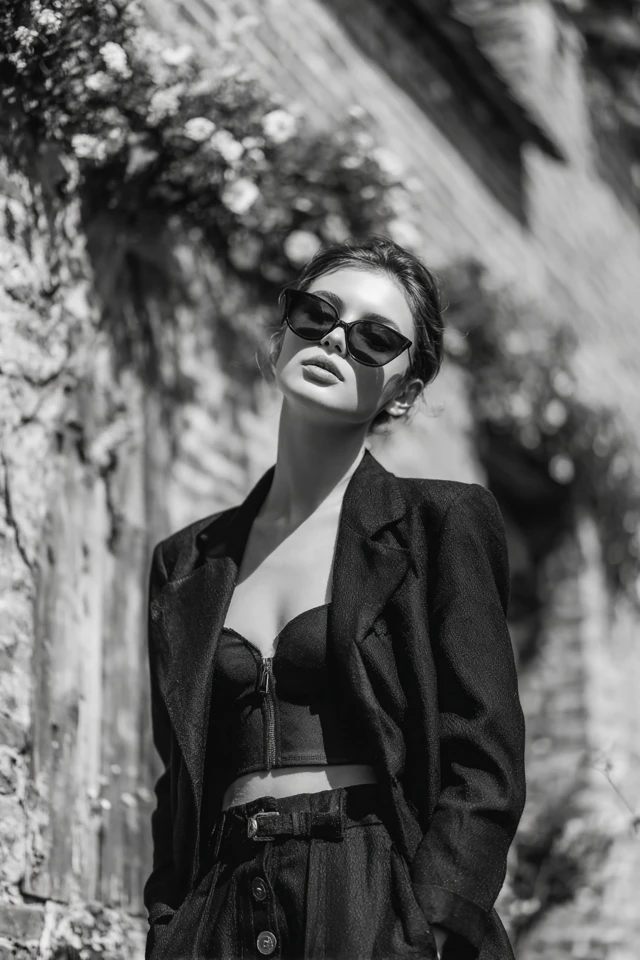
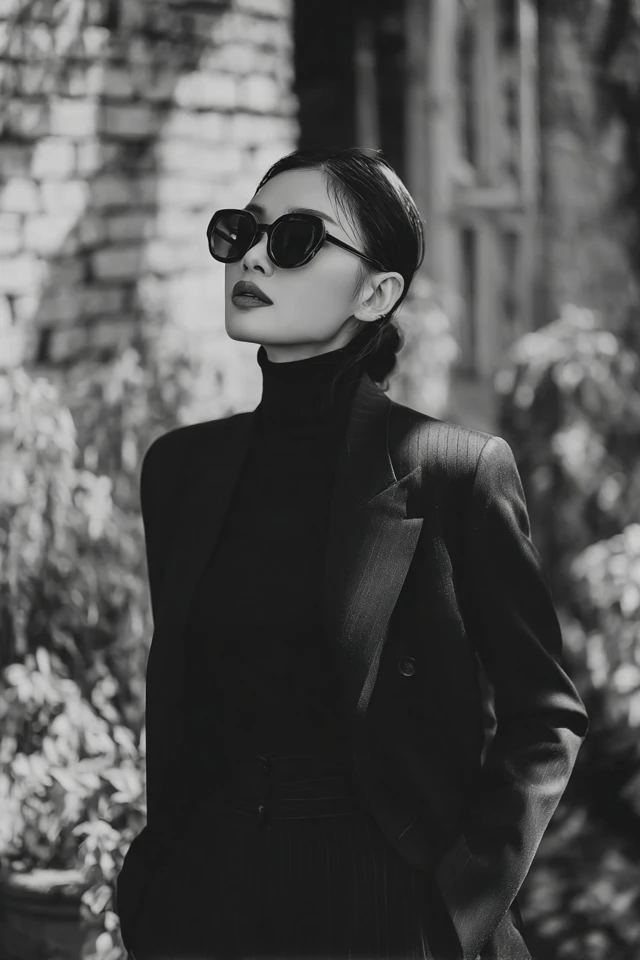
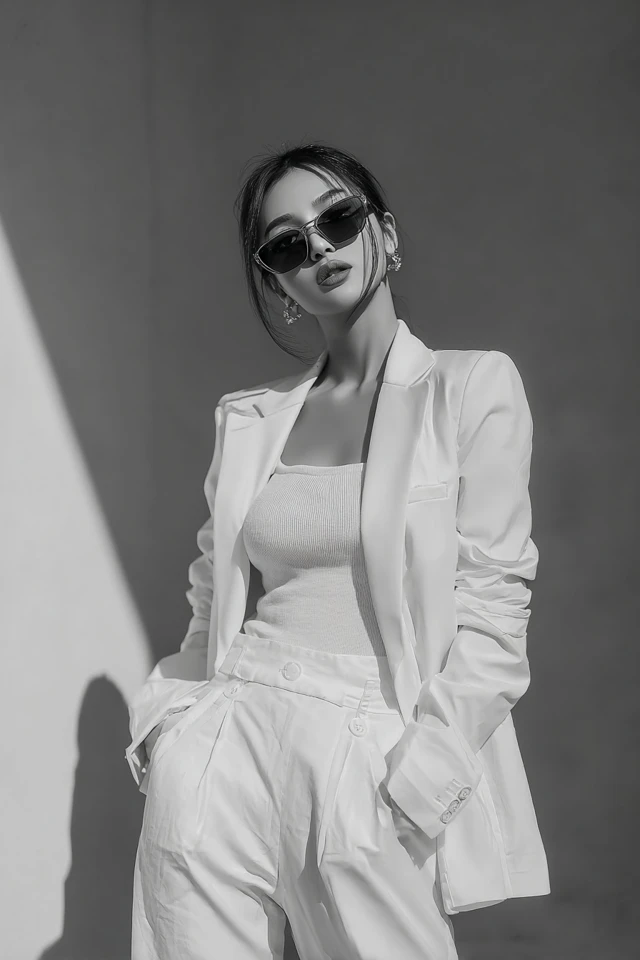
Color Psychology & Emotional Impact
Colors speak volumes before a word is uttered. In cottagecore, monochrome palettes often revolve around subtle tonal variations of earth tones, pastels, or muted neutrals. Psychologically, these colors promote serenity and stability. For example, beige and cream shades can create a nurturing effect, making the wearer appear warm and trustworthy—qualities immensely valuable in both personal and professional settings.
Research shows that first impressions form within seconds, and color is a primary factor influencing them. Dressing in monochrome hues enhances cohesion and can subtly signal confidence and elegance. Additionally, these colors often reduce decision fatigue by limiting choices and creating a streamlined look that feels easy to wear and style.
Color psychology also impacts self-confidence internally. Wearing a consistent shade palette allows your mind to associate your image with calm simplicity and authenticity. This boosts how you carry yourself, reinforcing positive mood states and resilience under stress. This is why monochrome cottagecore is not just a trend but a powerful emotional tool.
Personal Style & Body Type Considerations
Every body is unique, and understanding how monochrome cottagecore silhouettes and fabric choices flatter different shapes helps unlock the style’s full potential. Cottagecore embraces flowy skirts, puff sleeves, soft knits, and delicate lace—pieces that can suit varied body types with slight modifications:
- Hourglass: Emphasize the waist with belted midi skirts or fitted cardigans in monochrome tones to highlight natural curves.
- Pear-shaped: Opt for A-line dresses or skirts paired with light-colored tops to balance proportions.
- Apple-shaped: Choose structured tunics or empire waist options that elongate the torso without clinging.
- Rectangular: Use layers and textured fabrics like knitted shawls or embroidered blouses to add dimension and softness.
Complexion also guides color choices within the monochrome spectrum. Cooler skin tones often shine in greige, soft grays, and muted blues, while warmer undertones glow in creamy ivories, camel, and sage hues.
Quick Style Checklist
- Identify your skin’s undertone (cool, warm, neutral).
- Choose monochrome hues that naturally complement your complexion.
- Select silhouettes that enhance your body shape.
- Incorporate textural contrasts within your monochrome palette for depth.
- Prioritize breathable, natural fabrics for comfort and authenticity.
Current Trends & Timeless Classics
The modern fashion landscape embraces cottagecore in exciting new ways, merging trending elements with timeless classics. Popular monochrome hues this season include almond beige, muted sage, dusty rose, and soft latte tones. Designers incorporate puff sleeves, delicate ruffles, and tiered skirts—signature cottagecore details—reimagined with minimalist sensibilities.
To blend trends and classics, start with a sturdy foundation: think a well-made cream linen dress, camel leather boots, or a soft knit cardigan. Layer on trending pieces like a crochet vest or oversized button-down shirt in a coordinating shade. Vintage-inspired accessories such as woven baskets, pearl hair clips, or handmade ceramics jewelry complete the look with a nostalgic yet fresh feel.
This balance ensures your wardrobe stays versatile and enduring, rather than fleetingly trendy. It also allows incorporation of signature style elements that speak to your personality, reinforcing the cottagecore ethos of individual artistry and connection to nature.
Practical Tips & Recommendations
Curating a monochrome cottagecore wardrobe begins with intention. Here are actionable steps to help you achieve effortless style:
- Shopping: Prioritize natural fibers (linen, cotton, wool) for authenticity and sustainability. Look for secondhand options or artisan-made pieces for unique textures and stories.
- Wardrobe Maintenance: Proper care extends garment life. Hand wash delicate lace, air dry knits, and store pieces in breathable garment bags to preserve color and shape.
- Layering: Use tonal layers to create silhouette interest—pair a cream blouse with a beige pinafore dress and a soft camel cardigan. Balance heavier fabrics with light, airy textures.
- Accessories: Incorporate straw hats, leather ankle boots, simple gold jewelry, and woven baskets for quintessential cottagecore vibes while keeping it monochrome.
- Color Combos: Experiment within your palette by mixing different shades of the same color or introducing subtle accent tones like blush pink with oatmeal beige or sage green with soft taupe.
Remember, less is more. The goal is to cultivate a cohesive, comforting aesthetic that you genuinely enjoy wearing.
FAQs
- Q: How do I find my signature monochrome color?
- A: Start by identifying your season or undertone through online quizzes or consultations. Experiment with soft neutrals and earth tones that evoke calm and confidence. Keep track of which shades garner compliments and feel natural to wear.
- Q: Is monochrome dressing suitable for all seasons?
- A: Absolutely. Adjust fabrics and layering to fit the weather—light linen and cotton for spring and summer, cozy knits and wools for fall and winter. Monochrome palettes can transition seamlessly through seasons with mindful fabric choices.
- Q: How can I update my cottagecore wardrobe on a budget?
- A: Focus on key versatile pieces like dresses, cardigans, and skirts in neutral tones. Thrift stores, online vintage shops, and upcycled fashion markets are excellent for finding quality, budget-friendly items.
- Q: Can monochrome outfits work in professional settings?
- A: Yes. Choosing sophisticated cuts and refined textures in your monochrome palette elevates cottagecore into office-appropriate wear—think tailored trousers, delicate blouses, and structured blazers in soft hues.
- Q: What’s the best way to build a capsule wardrobe with monochrome cottagecore?
- A: Start by selecting a core color palette that flatters you. Invest in multi-functional pieces such as a long skirt, button-up shirts, and knitwear. Mix and match layers and accessories to create diversity without excess.
Conclusion
Monochrome cottagecore is more than a clothing style—it’s a mindful approach to dressing that celebrates simplicity, emotional harmony, and individual expression. From understanding the power of color psychology to adapting styles to your body and lifestyle, this aesthetic offers tools to boost confidence and cultivate grace. By blending current trends with timeless classics, you can build a versatile, sustainable wardrobe that feels uniquely you.
I encourage you to experiment boldly within your chosen palette, layering textures and shapes to discover what resonates with your personality. Remember, true style springs from authenticity and joy in what you wear, and monochrome cottagecore invites that beautifully.
If you found these insights helpful, please feel free to comment below with your own outfit ideas or questions. Don’t forget to share this post and subscribe for more fashion wisdom rooted in color psychology and design expertise.
